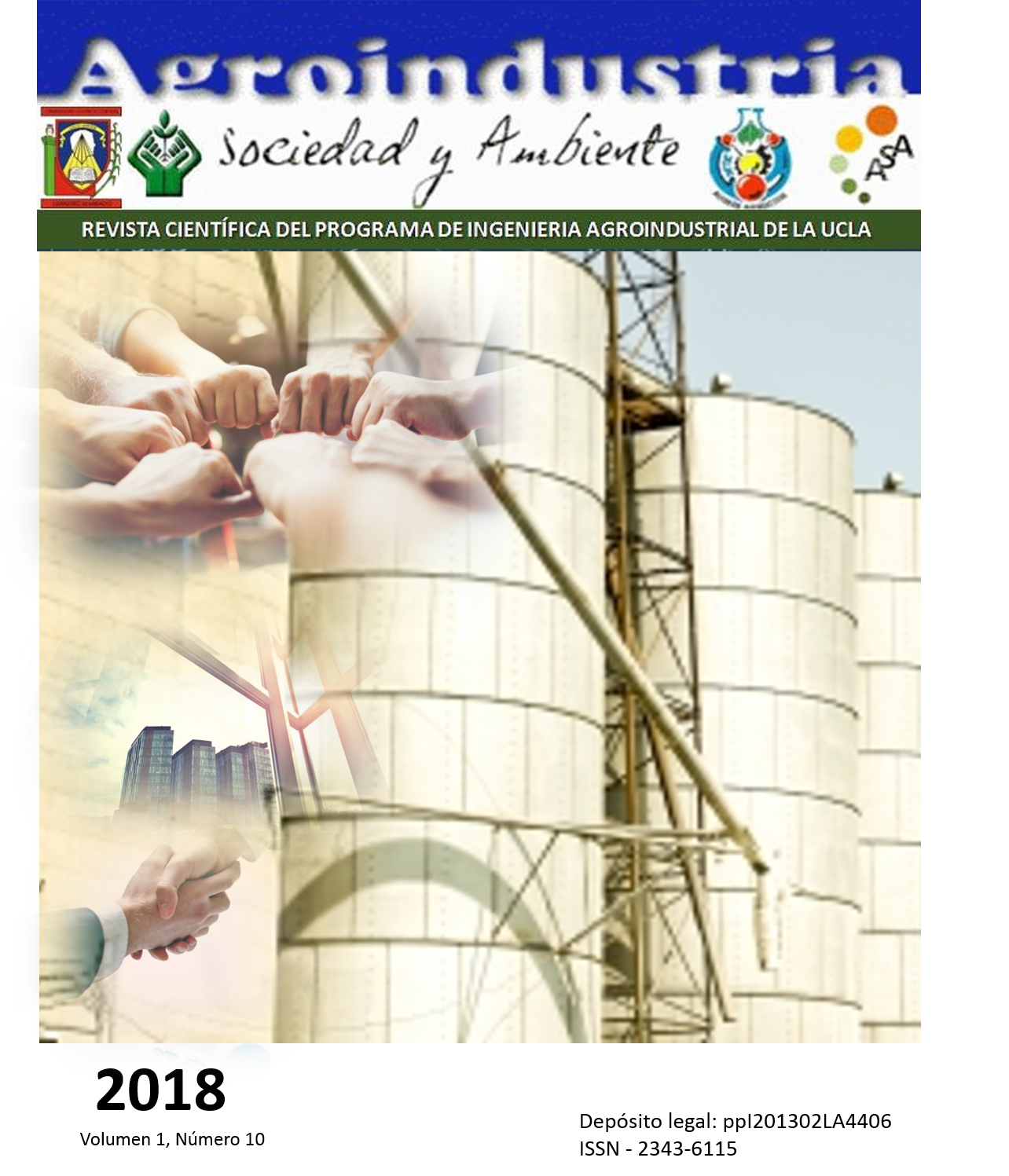Morosidad de la cartera agrícola de la Banca en Venezuela para el periodo 1995-2014
Keywords:
Indebtedness, drawer of credit, credit riskAbstract
Agricultural production depends on credit. Delinquency is negative: the producer does not produce and the bank decreases revenues and increases administrative costs. This study analyzes the delinquency of the banking portfolio in Venezuela between 1995 and 2014. The research was descriptive, not experimental, longitudinal trend, based on statistics from SUDEBAN, BCV and FEDEAGRO, reinforced with bibliography and news. The results point to the existence of policies of refinancing and aid to the slow producer, which could lead to moral hazard. The delinquency rate (the most disputed loses among the gross loan portfolio) represents 3.48% in average of the series. The losers occur with two installments of arrears, representing 3%. The credits in litigation are in the legal department of the bank constitute 0.48%. From the years under study, two periods of greater delinquency were observed: 1998 to 2002 and 2009 to 2011, with a peak of 9.24 in 1999. High delinquency was observed in comparison with other sectors of the economy between 2010 and 2014. The difference of the delinquency by sector, the public banks have more delinquency than the private ones for all the years, the BAV has a very high delinquency, which can be due to its objectives like specialized banking in the sector. The correlation between NPLs and preferential agricultural interest rates is 0.81 is considered significant. The correlation between the delinquency with respect to the production -0.35 that is not significant, but if negative. In conclusion, agricultural non-performing loans are important and must be managed to reduce credit risk and guarantee agricultural production. The greater credit concentration exists, the greater the covariance risk, the default rate in the agricultural sector is greater, therefore, it requires more information, co-responsibility and risk management
Downloads
References
Celis M. (2006). Artes y secretos del crédito. Editorial Tillas. México.
Díaz, C. (2013). Riesgo financiero en la cartera de créditos agrícola de la banca universal venezolana 1997-2010. COEPTUM, Vol 4, No 2. Disponible: Http://publicaciones.urbe.edu/index.php/coeptum/article/viewarticle/2350/3587.
El Mundo. (2014). Cartera agrícola por sí sola no funciona, faltan más estímulos “¿Qué hacemos con créditos para maquinarias, si no hay qué comprar?”, pregunta vicepresidente de Fedeagro. http://www.elmundo.com.ve/noticias/economia/agro/cartera-agricola-por-si-sola-no-funciona--faltan-m.aspx).
El Universal. (2012). Gaveta agrícola contribuye a reducir morosidad bancaria. [En línea]. Disponible: http://www.eluniversal.com/economia/121021/gaveta-agricola-contribuye-a-reducir-morosidad-bancaria. [Consulta: 2017, Mayo 14].
Gonzalez, M. y Contreras, I. (2007). Factores que influyeron en la morosidad de pago de los créditos agrícolas otorgados a los pequeños y medianos productores del municipio Rangel del estado Mérida por parte de las instituciones financieras FONDES Y UNIANDES durante el período 1996-2003. Visión Gerencial. Año 6 No 1 enero-junio.
Gutiérrez, A. y Ordoñez, J. (2011). Evolución reciente y situación actual del sistema alimentario venezolano (SAV). Universidad de Los Andes-Corporación Parque Tecnológico de Mérida. (CPTM), Mimeografiado, Mérida.
Martínez, A. (2015). Evaluación de la calidad de la cartera agrícola de la banca universal venezolana. Trabajo de Grado no publicado, Magister en Administración de Empresas Mención Finanzas. Universidad de Carabobo.
Luces, E. (2015). Estrategias de financiamiento a productores agrícolas para la optimización de la rentabilidad del sector maicero. Trabajo de Grado no publicado, para optar al título de Magister en Administración de Empresas. Mención Finanzas. Universidad de Carabobo.
Forero, J. y Ponce, J. (2012). Incidencia de la aplicación de la ley de crédito para el sector agrario en el financiamiento por parte de la banca pública y privada, Caso: Banco Mercantil y Banco Agrícola de Venezuela. Trabajo de Grado no publicado. Escuela Nacional de Administración y Hacienda Pública. Caracas.
Superintendencia de las Instituciones del Sector Bancario (SUDEBAN). (2015). Informe Estadístico Anual del 1995 al 2014.
Published
How to Cite
Issue
Section




